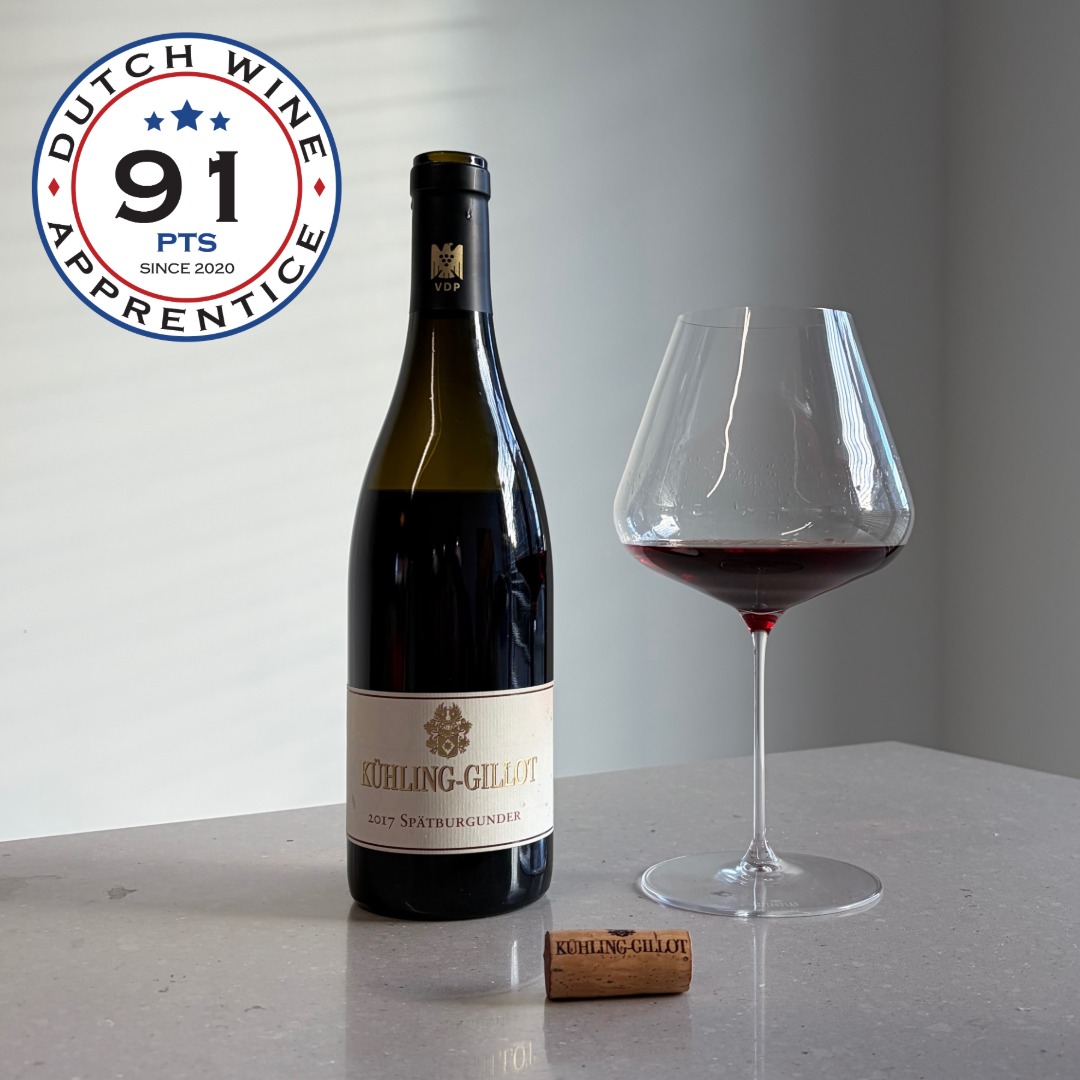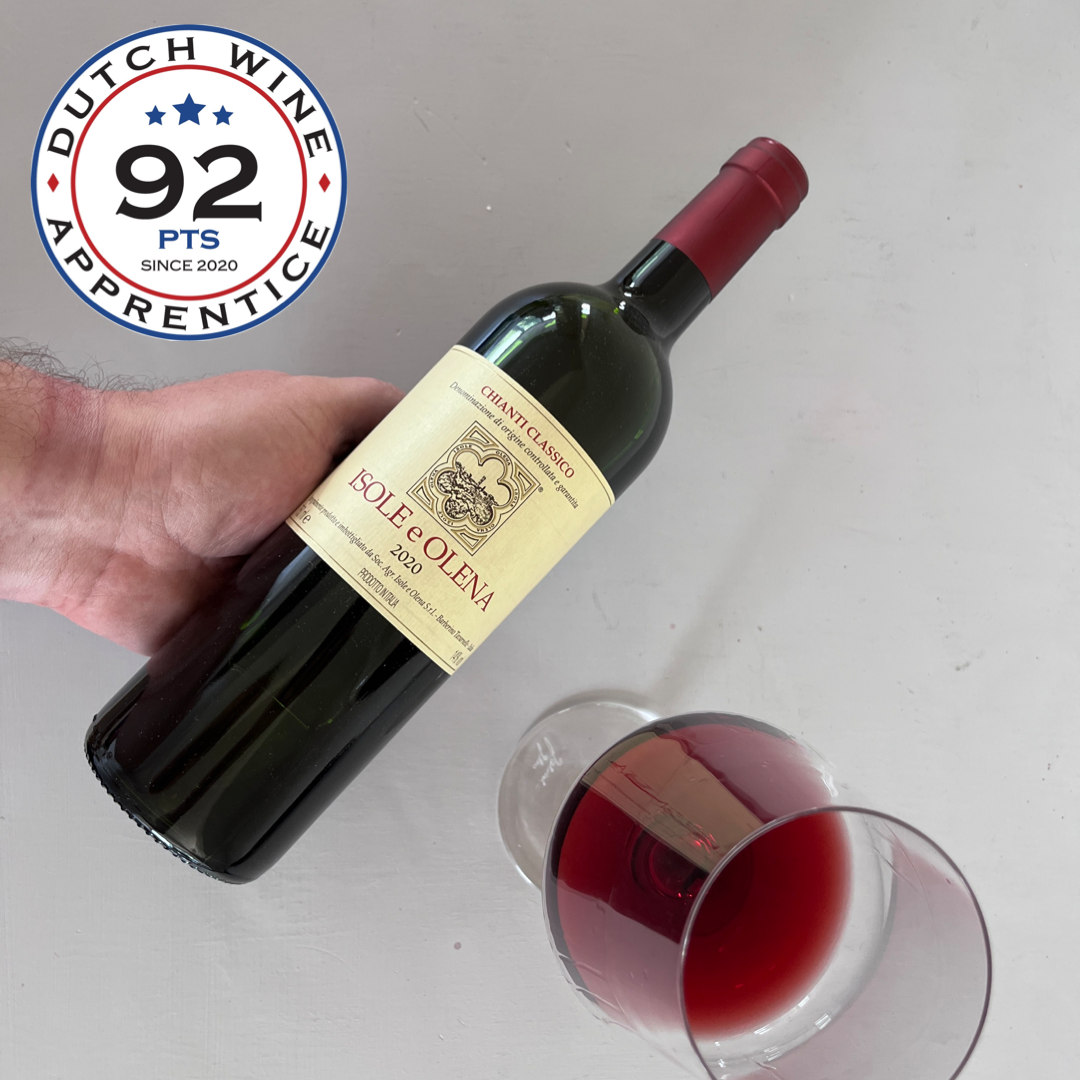

After an earlier review of the surprising Chardonnay by Isole e Olena, it is now time to dive into a wine that has made the region known to wine lovers around the globe – the Chianti Classico. In this review we are discussing the 2020 Chianti Classico by Isole e Olena.
This review is part of our project “Tuscany, a Journey through Five Lenses”.
In our previous review, you can read that winemaker Paolo di Marchi has had a passion for nature and agriculture from a very young age. When his father first purchased the vineyard (Paolo was only five years old at the time), Chianti did not yet have a DOC classification, as this was awarded in 1967. Today, Chianti actually has the highest level of wine classification in Italy, DOCG, but this was awarded later in 1984.
Paolo considers himself lucky because he saw the Isole e Olena estate how it was before the ‘new economy’, or before the ‘new Chianti (Classico)’. There are not a lot of producers left in the city that can say this. He has mentioned more than once that he is adamant about the fact that the history of both the winery and his winemaking journey makes up a large part of the way he looks at wine today. Because of this, he considers himself very lucky that he experienced ‘the old way of doing business’ in Chianti.
Nowadays, a Chianti Classico requires a minimum of 80% Sangiovese grapes and a maximum of 20% other red grapes (Colorino, Canaiolo Nero, Syrah, Cabernet Sauvignon and Merlot). However, as you may have read in an update we shared earlier, from the 2027 vintage onwards, this requirement changes to a minimum use of 90% Sangiovese grapes in the Chianti Classico blend.
Since 2006, it is no longer allowed to use white grape varieties in the Chianti Classico wines. Something that is still allowed in the ‘regular’ Chianti DOCG wines. If you want to read more about the difference between Chianti and Chianti Classico and the story behind this wine, please check out this article as well. Even though there are no white grape varieties in the wine we are reviewing today (as this is a Chianti Classico DOCG), we do believe that Paolo’s story about why white varieties were put in the requirements in the first place is worth sharing.
Paolo shared that years ago, the first producers of the Chianti wines were producing mostly for their own use. They produced and consumed very young wines, as there was no reason to age the wine for themselves. Later they changed this and gave 50% of the wines to the state. They were working hard on the field every day but, being so used to drinking wine in large quantities, they did not like the taste of water that much. In order to stay hydrated, they decided to dilute wine with lots of water. For this they needed wine with a very high acidity, because this withstands the dilution with water, so they planted a lot of white grapes. The planting of these white grape varieties is why it was eventually required to have a certain percentage of white in Chianti wines as well.
The process of planting a new vineyard with only the best vines was a process that took Paolo over 10 years to complete. At his second ever harvest at the Isole e Olena vineyard, he started tagging the vines that produced the best grapes. He kept up this practice for ten years and, when the time came to plant his new vineyard, he only planted clones of the vines that had five tags or more. All of his effort has paid off and now he produces world renowned Chianti wines that have become the prime example in its own category.
This 2020 Chianti Classico DOCG from Isole e Olena consists of 80% Sangiovese, 15% Canaiolo, and 5% Syrah. The wine has the classic light, almost see-through red color that the wine is so well-known for. When held to the nose you are met with a prominent fruity aroma of ripe red fruit (cherry, strawberry and raspberry). Other aroma’s that stand out are more earth such as herbs, leather, a cigar box, and a subtle note of vanilla from the clear wood aging.
The wine is complex and well balanced, with nice acidity, strong tannins and a long-lasting taste in the mouth. It radiates warmth and comfort and is exactly what you would expect from a good quality Chianti Classico. In no aspect it is very surprising, but there is no need for it to be either. As this is a 2020, the wine is only just ripe for drinking. However, we see a ripening potential in this bottle for at least a few more years.
We award this benchmark Chianti Classico with a 92-point DWA score.
This review is part of our project “Tuscany, a Journey through Five Lenses”. In this project we travel through one of the most exciting parts of Italy and show its different faces interpreted through leading wineries. We do this through wine reviews, background articles and interviews.
The regions we discuss are Tuscany IGP, Chianti, Bolgheri, Montepulciano and Montalcino. Isole Olena is our guide through the Chianti and Chianti Classico appellation.
To stay updated about this special project subscribe to our newsletter, by clicking here. More information about the project can be found here.
Other wines by Isole e Olena in this project:
This wine is reviewed by our own Liza Verbeek.
Price: €27,50
Taste date: July 2023
Score: 92/100 DWA Score
Website: Isole e Olena
Join our insiders’ list and get exclusive early access to new articles, expert tips, and fresh reviews delivered straight to your inbox. Subscribe now and be the first to discover!
Subscribe for curated content, podcast alerts and honest wine reviews.